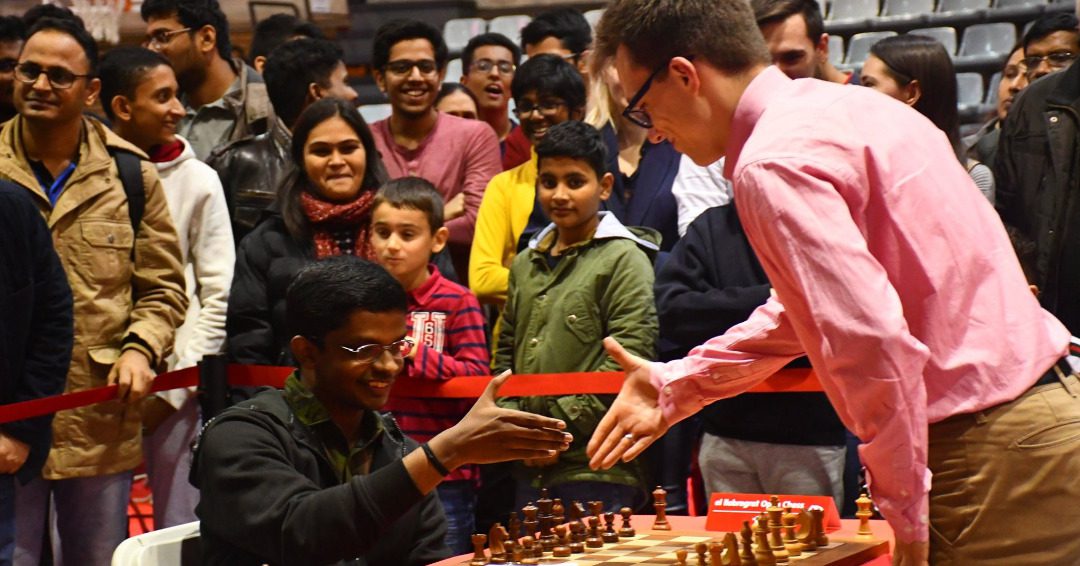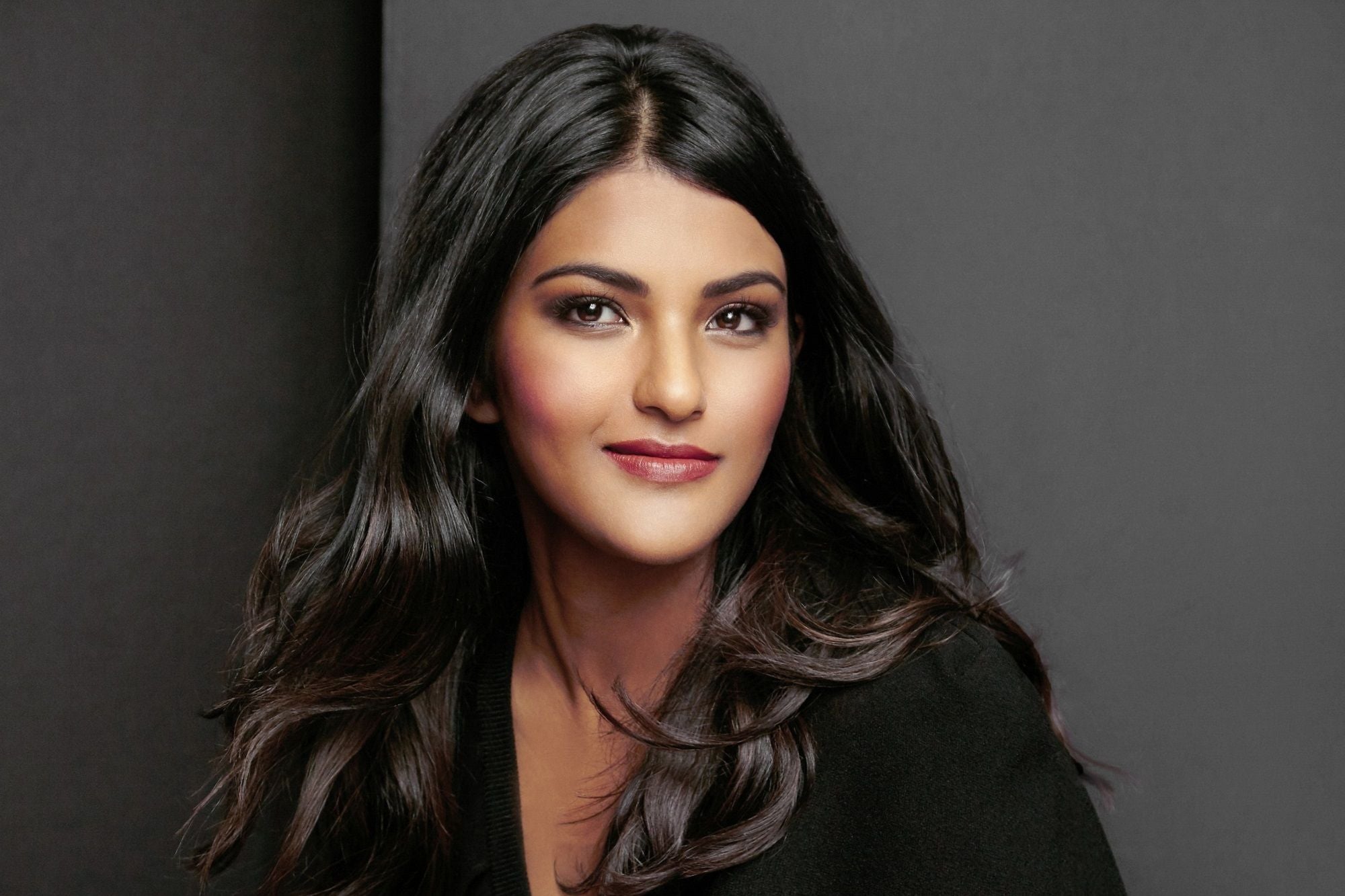(November 9, 2021) Did you know that at least 63706 people are experiencing homelessness in Los Angeles County? It’s almost an 13% increase from the previous year, and this alarming situation has made LA Mayor Eric Garcetti feverishly look for a solution, which he has found in a prototype built by Indian environmental designer Jayati Sinha.
Sinha along with her team has come up with smart foldable and easily transportable houses that seem like the perfect solution for homelessness crisis in the US. In fact, LA Mayor has given his nod to the prototype which is now on its way to becoming a reality. Here’s the story of Sinha, the Indian visual and environment designer, who is solving homelessness crisis in LA.
From making Barbie dresses to designing innovative products
Sinha was quite young when a fortune-teller told her mother that she would do something with scissors when she grows up. The only interpretation that the Sinha family could derive from the prophecy was that their daughter would be a surgeon someday. Sinha did pick up the scissor as she grew up but not to cut through flesh. Instead she cut materials to design Barbie dresses when she was all of 9. It was then she realised that she wanted to be in creative field. “I also started playing with new gadgets and technological things that my dad, a scientist, brought from his foreign trips. My amazement of building something from scratch grew into a desire to blend technology and mindsets to make experiences better for people,” she told Voyage LA. Eventually, she stumbled upon product design, and there has been no looking back since then.
After completing her studies from Delhi Public School, Sinha enrolled herself in National Institute of Fashion Technology for Bachelor of Design. These years at NIFT gave her the perfect exposure which led her to interning at Viya Home, DeMuro Das and Artecnica. “At college, I was part of a craft project where we went to a village that practised metal crafts. We interacted with the craftsmen, stayed with them for a few weeks, and learned the process. We basically redesigned products for them – products more relevant to current times. That was one of the most important projects because it set me on a journey that was much more than just designing pretty objects,” she told YourStory in an interview.

Jayati Sinha with local artisans.
Working with artisans helped change Sinha’s perspective on life as she saw that they were not paid enough for the beautiful products that they created. This was a turning point for Sinha who now wanted to have a thought behind each of her act and was keen to make the lives of people better in an impactful way.
In 2017, Sinha moved to the US for her Masters in Environmental Design from Art Center College of Design. A year into her Master’s degree, Eric Garcetti, the Mayor of Los Angeles, reached out to her college for guidance in designing bridge housing for homeless people. The mandate was to build structures that felt private and secure and also instilling a sense of community for the homeless. That’s when she along with her team that was led by Professor James Meraz came up with the idea of Pop Hut. “This project was extraordinary and very attractive to me because it was directly transferable to any country in the world that faces some version of homelessness,” she told Better India.
Making designs that create an impact
Taking a leaf out of her personal experience, this Global Indian knew how important it is for everyone deserves a safe place to stay. “I’ve been followed, threatened and taken advantage of by strangers. Even these small experiences instilled so much fear in me. Not having a place to go back to at night must feel immensely vulnerable. Imagine feeling like that every second of every day. People deserve to feel secure and have a safe place,” added Sinha, who works as a visual designer at Fjord, a global design and innovation consultancy.
Her prototype of the Pop Hut was accepted by the Los Angeles mayor and is now in the process of gathering funds. The pandemic put a screeching halt to the plans in 2020 but now things are back on track. The Pop Hut is a foldable and easily transportable house with a shaded entry and a front door with keyed lock.

Pop Hut designed by Jayati Sinha
Her prototype is a perfect solution to curb the homelessness crisis in America. When Sinha moved to the US in 2017, she was stunned by the extent of homelessness she encountered. “In San Francisco, where I live, you will see people lying on the roads, with nowhere to go. India has long been a place of poverty and inequality, but living in the US made me realise that poverty is bad here too. I’d say the poorest people of India are less isolated than their counterparts in the US. Additionally, fewer people sleep while being exposed in public spaces in India as they have least semblance of a space even if it’s very substandard,” she told Mid-Day.
Sinha, whose prototype is on its way to become a reality, believes that it could be replicated for use in India too. With 1.8 million population of homeless people in India, Sinha’s prototype seems like a perfect solution. “Today, India is developing fast with an emphasis on infrastructure development, which typically demands moving or migrant labour. This concept prioritises empathetic design values, while providing a low cost solution that could be of high value for a populous country like ours,” she added.

Jayati Sinha
Sinha, who calls herself a T-shaped designer, likes to bridge function with a strong visual silhouette. The 26-year-old, who has slowly made a name for herself in the world of environment design, had to overcome her share of challenges. “I think a woman always have these power struggles. In the US, I have had the privilege to work with some very successful women designers and it is very encouraging to see that is something every woman can achieve. Of course it’s sad that sometimes we have to try harder just to prove our worth,” she told Your Story.
Sinha is on a mission to create an impact in the society with her designs. For someone who started learning the basics at a young age, she has come a long way with finding meaningful solutions that benefit from her designs.
Follow Jayati Sinha on Linkedin




